Product Details
Chemical Name:POLYALUMINUM CHLORIDE
Synonyms:PAC
Molecular Structure:
no
Product Typical Properties
| Items | Specification |
| Cas no | 101707-17-9 |
| Molecular formula | Al2Cl(OH)5 |
| Molecular weight | |
| Einecs | 215-477-2 |
| Appearance | White powder |
| Content | 98% |
Function
Polyaluminum chloride, abbreviated as PAC, is an inorganic polymer coagulant that produces inorganic polymer water treatment agents with high molecular weight and high charge due to the bridging effect of hydroxide ions and the polymerization effect of multivalent anions. Solid products have the advantages of high adsorption activity, short settling time, wide pH range adaptation, no need for coagulants, and are not affected by water temperature. They are widely used in water purification treatment of domestic and industrial water, urban sewage treatment, industrial wastewater, sewage, sludge treatment, and the recovery of certain residues in wastewater. At the same time, for some industrial wastewater that is difficult to treat, PAC is used as the mother material, mixed with other agents, and mixed into composite PAC, Treating sewage can yield surprising results.
Product Usage
Purpose
- The treatment of oily wastewater mainly refers to the large amount of produced water generated from oil field extraction, oily wastewater discharged from refineries and petrochemical plants, and oily wastewater generated from cleaning oil tankers and vehicles. The treatment of oily wastewater mainly adopts methods such as oil separation sedimentation, air flotation, and biochemistry. The combination of PAC and modified cationic polyacrylamide, coagulation, sedimentation and filtration, has excellent treatment effects on oily wastewater. The relative molecular weight of modified cationic polyacrylamide should not be too high and should be easily combined with PAC to achieve the desired effect.
- The treatment of papermaking wastewater has a large discharge volume in the papermaking industry, with a large proportion of intermediate water. Moreover, many papermaking enterprises’ black liquor is also mixed with intermediate water for treatment after pre-treatment (anaerobic, strong acid treatment, cellulose separation, neutralization, etc.).
- Application in the treatment of washing wastewater. Washing wastewater contains a large amount of surfactants. Surfactants interact with oil and dust particles to form negatively charged colloidal particles that can exist relatively stably in water bodies. Adding PAC to washing wastewater will generate a large number of positively charged cations and multi core high charge coordination ions formed by hydroxyl bridging. They have strong adsorption and neutralization abilities for the surface charges of suspended colloidal particles and the ability to compress the double layer, causing the colloidal particles to destabilize. Finally, the high polymer hydroxide formed will adsorb and precipitate pollutants and separate them from the water.
- Application in the treatment of printing and dyeing wastewater. Printing and dyeing wastewater has a high COD, chromaticity, and pH value, and dosing coagulation is a commonly used method for its treatment. Although PAC has good coagulation effect and low required dosage, its ability to neutralize high alkalinity printing and dyeing wastewater is poor, and its application is limited to some extent. The traditional coagulant Al2 (SO4) 3 hydrolyzes to produce H+, which can neutralize the alkali in printing and dyeing wastewater and has a strong ability to neutralize alkalinity. Research has shown that using these two coagulants in combination, utilizing their complementary advantages and synergistic effects with the same ion, can reduce treatment costs and improve treatment efficiency in the treatment of printing and dyeing wastewater.
- Application in the treatment of mechanical processing wastewater. Emulsion is commonly used in the mechanical processing process as a cooling, lubricating, cleaning, and rust inhibitor to improve product quality. The emulsion is subjected to selective adsorption by bacteria, microorganisms, high temperatures, and metal debris during use, gradually changing from milky white to grayish black, spoilage, and odor.
Product Packaging
25KG/BAG
Product Storage
Please store in a dry, cool and dark place


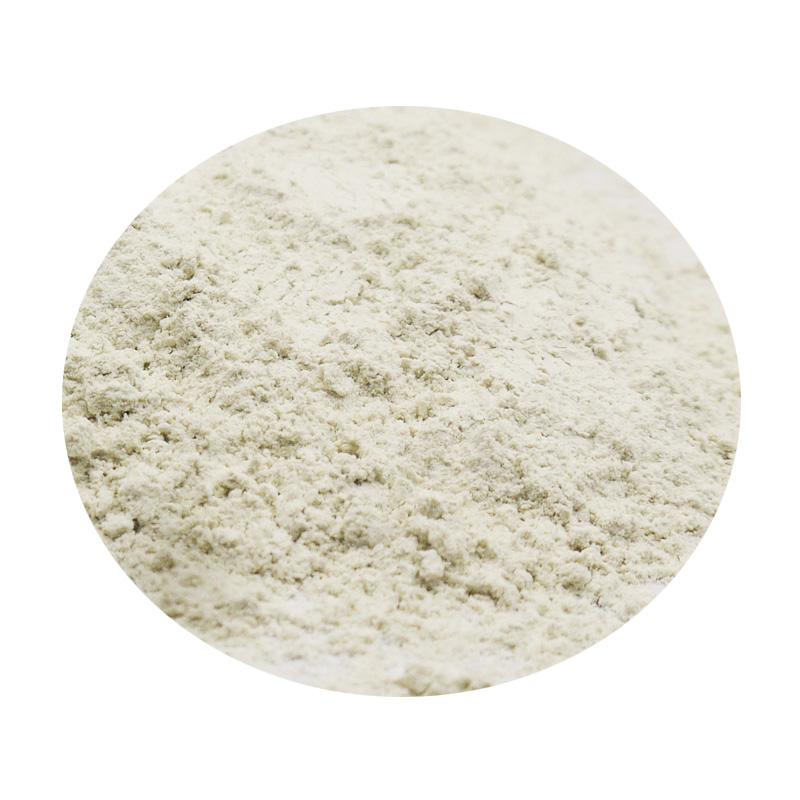
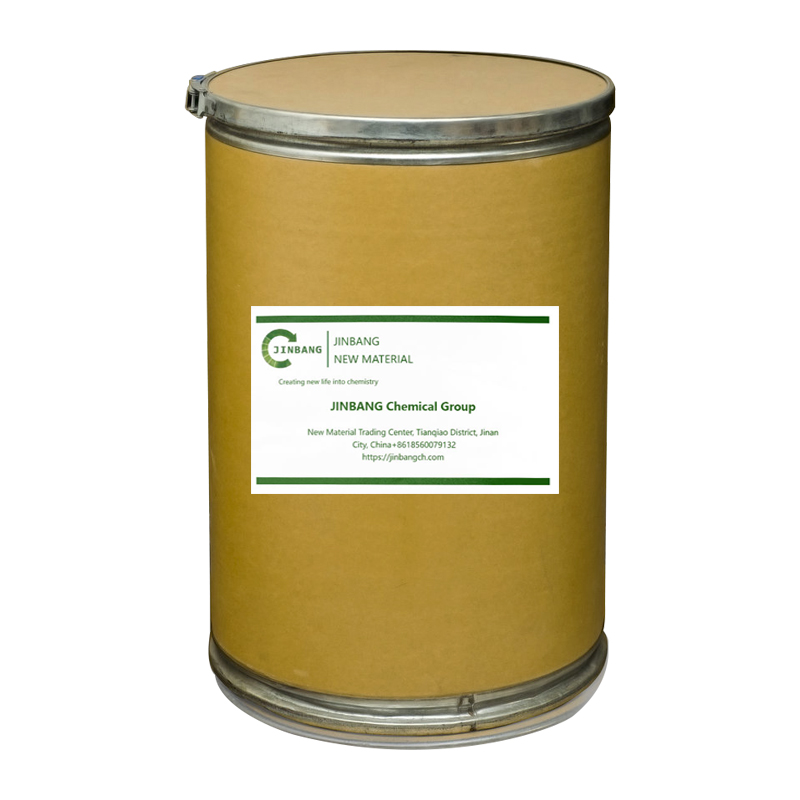


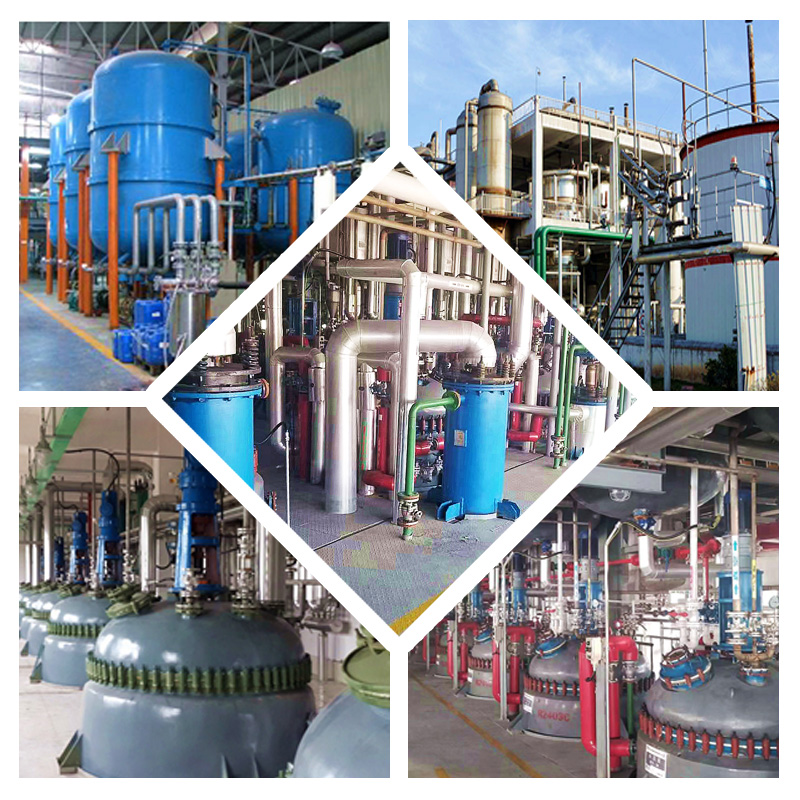
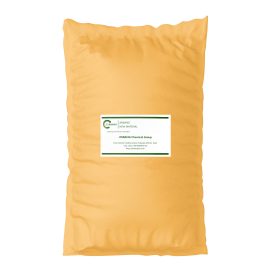
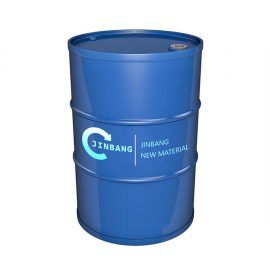
Reviews
There are no reviews yet.